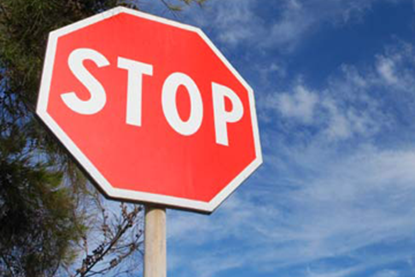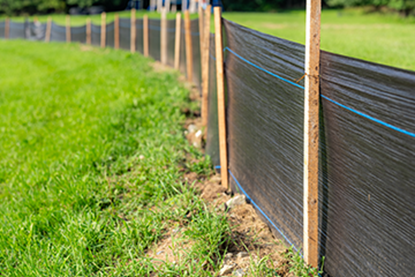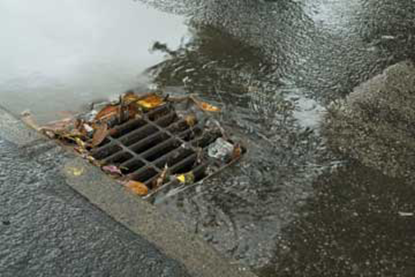You have no items in your shopping cart.
All Courses
Stacking and Storage Practices for Construction (Spanish)
Puede evitar los accidentes por manejo de materiales, como cortes, lesiones de espalda, manos aplastadas e incluso la muerte mediante el uso de principios de seguridad generales como los que aprenderá en este curso. Este curso es ideal para todos los que trabajan en la industria de la construcción.
$29.95
Stacking and Storage Practices for Construction (US)
You can avoid materials handling accidents such as cuts, back injuries, crushed hands and even death by using general safety principles like the ones you will learn about in this course. This course is ideal for everyone who works in the construction industry.
$29.95
Stop Signs and Signals - Large Vehicles (US)
The time you save by rolling past a stop sign or blazing past a yellow or red light will never justify the potential harm you might do to yourself and to other motorists. That’s the central message of this course. Ideal learners are drivers of large commercial vehicles.
$29.95
Stop Signs and Signals - Light Commercial Vehicles (US)
The time you save by rolling past a stop sign or blazing past a yellow or red light will never justify the potential harm you might do to yourself and to other motorists. That is the central message of this course.
$29.95
Stormwater and Erosion Control for Construction
Runoff from rainstorms and snowmelt picks up pollutants like sediment, oil, grease and other chemicals. Contaminated runoff may flow into storm drains or it may flow directly into lakes, rivers and streams. Preventing stormwater contamination ensures clean water for swimming, fishing and drinking. U.S. Federal law requires construction sites to obtain stormwater permits any time an acre or more of land will be disturbed. As part of the permitting process, companies implement stormwater pollution prevention programs, or SWPPPs. This course covers Best Management Practices (BMPs) for stormwater and erosion control. Ideal employees are those in the construction industry.
$29.95
Stormwater Pollution Prevention (US)
Laws require us to regulate stormwater in order to reduce the pollution of rivers and lakes. Identifying sources of storm water pollution and keeping them from coming in contact with runoff is one of the best and most economical ways of protecting the quality of our waters. This course presents best management practices to prevent stormwater pollution.
$29.95






